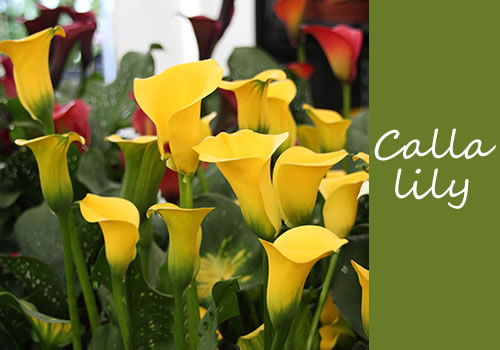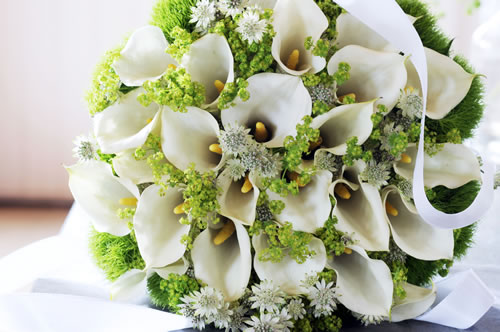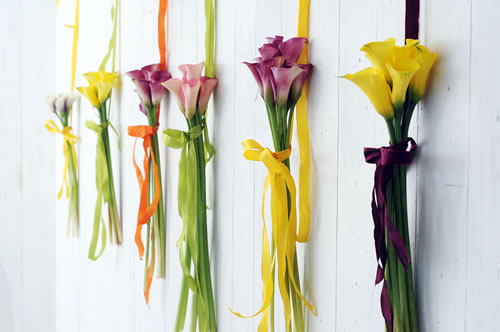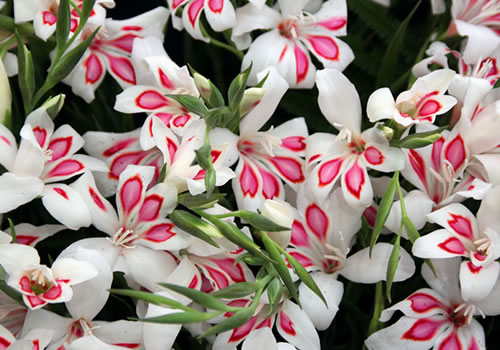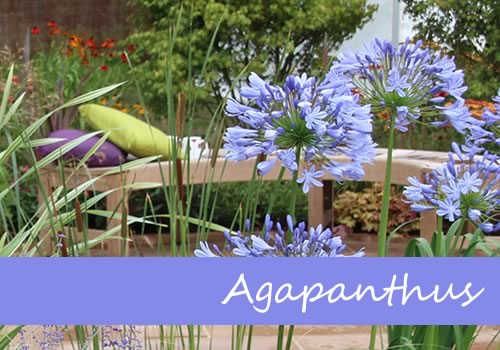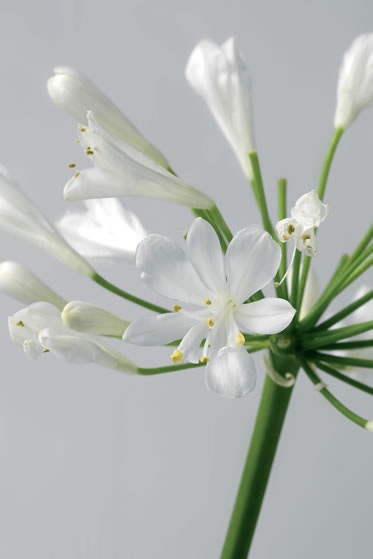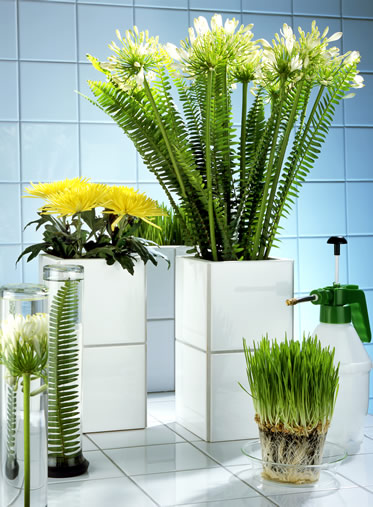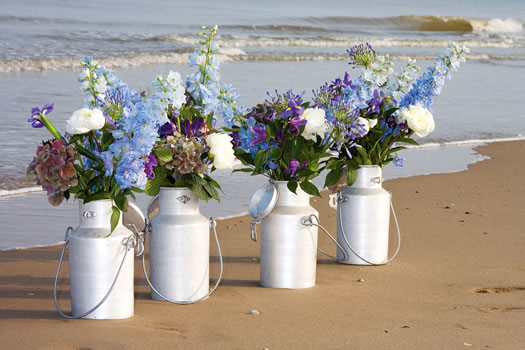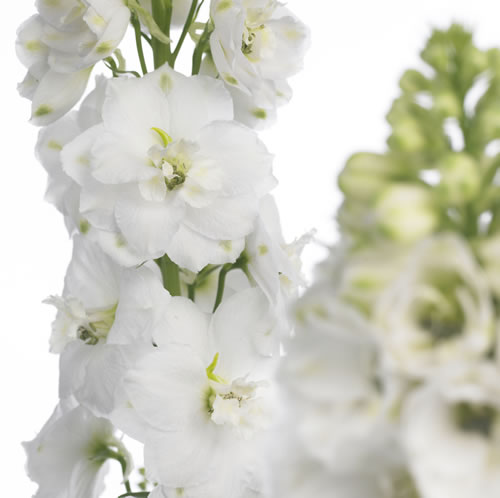
Common name: Kangaroo Paw
Botanical Names: Anigozanthos
Origin: Western Australia
Colours: from green to yellow, bronze to red and pink.
This unusual looking plant gets it’s name from the furry paw-shaped flowers it produces. The Latin name anigozanthos is pronounced ANNY-goz-an-thos. Kangaroo Paws have tall sturdy stems that branch out, the flowers are perched at the top of each branch, each flower tip opens into a tubular flower. The brightly coloured flowers are covered in tiny hairs which give the flowers a velvety feel.

They are grown as house plants, but more commonly seen as cut flowers. As a plant they like full sun and well-drained soil, they should be kept inside your house or conservatory, you can put them outside in the summer.

The attractive flowers can last several weeks in a vase if the stem ends are regularly trimmed. Kangaroo Paw is available in lots of colours, but in particular many autumn shades like burnt oranges, reds and browns.

Images:
Flowercouncil of Holland

